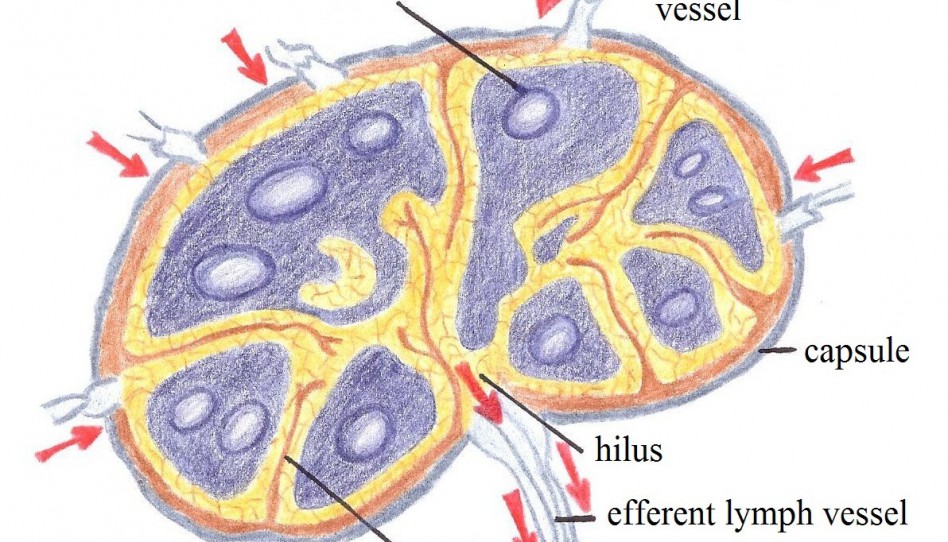What is Polarity Therapy?
Polarity therapy is a gentle, holistic method of treatment, applicable to many health issues as well as useful in health maintenance and disease prevention. It is unique in that it seeks to address the full spectrum of body, mind and spirit, employing a system of gentle bodywork supported by a specific set of exercises (polarity yoga), advice on diet and nutrition, and counseling.
Polarity therapy offers a new paradigm for wellness—the idea that healing comes from within. This is in contrast to the prevailing mainstream belief that healing is “done to us” via medical intervention, pharmaceutical adjustments or surgical procedure. The energy-based approach teaches clients that they can benefit from introspective self-awareness and gentle, natural remedies to facilitate and enhance their body’s inherent healing resources. This does not mean that sophisticated medical expertise isn’t used when appropriate; rather, the emphasis is placed on empowering people to take more responsibility for their health.
“If we really want health,” polarity therapy founder Randolph Stone writes, “we must be willing to work for it, the same as we do for wealth, education or any other accomplishment in life. And those who seek health, truth and love will find it, if they devote themselves to it with zest and a purpose that never waivers. We become that which we contemplate…True health is the harmony of life within us, consisting of peace of mind, happiness and wellbeing. It is not merely a question of physical fitness, but is rather a result of the soul finding free expression through the mind and body of that individual.”
During his 60-year career in medical practice, Stone searched for an understanding of the deeper causes of health and disease. His journey led him to the conclusion that “[e]nergy is the real substance behind the appearance of matter and forms.” He developed a synthesis of theories and techniques from ancient and modern sources, including Ayurveda, Oriental Medicine and osteopathy, collecting energy-based knowledge from around the world.
Polarity emphasizes the body’s natural cycles of energetic expansion and contraction (called yang and yin in Asia), and functional energetic centers along the spine (called chakras in India). This energetic approach differentiates polarity therapy from many other forms of bodywork. Some of its techniques are derived from osteopathy and chiropractic (Dr. Stone was originally an osteopath and chiropractor), but use minimal mechanical force, relying instead on the wisdom of life energy to do the work.
“At the very center of our being is rhythmic movement, a cyclic expansion and contraction that is both in our body and outside it, that is both in our mind and in our body, that is both in our consciousness and not in it,” states Dr. Andrew Weil. Central to polarity is this concept of a life energy, which is in constant pulsation from positive to negative poles via a neutral position, creating fields and energetic lines of force. This creates an energetic “template” for the physical body, termed “The Wireless Anatomy of Man” by Stone.
Stone’s contemporary, Dr. Robert Fulford, wrote: “It is my firm belief, after more than a half century of reading, debating, questioning and contemplating, that the human body is surrounded by something that I call a life field. This life field conveys vitality to your physical body and provides you with your spirit. Whenever you feel a disturbance or an injury, the life field manifests its shock in the physical body with a depletion of energy. If left unchecked, this deficiency can lead to dysfunction, disease and, ultimately, to the body’s total collapse; but if the deficiency is discovered and restored, the body can repair the health that it has lost.”
Like Fulford, Dr. Stone believed that the flow and balance of energy in the human body is the foundation of good health. In the polarity model, health is experienced when energy systems function in their natural state, and energy flows smoothly without significant blockage or fixation. When energy is unbalanced, blocked or fixed due to stress, trauma, injuries or other factors, pain and disease arise.
Polarity therapy asserts that there is really only one disease: that of the disturbance of the energetic system, with different outcomes depending on the nature of the disturbance, and where it occurs. Blockages generally manifest in sequence from the subtle to the dense levels of the energetic field. Practitioners seek to find the blockages and release energy to normal flow patterns.
One of polarity’s primary tenets is that the body has an optimal blueprint of health and is designed by nature to heal itself. The therapist is not a “healer” but only assists in this natural occurrence. Applying the polarity therapy system can take diverse forms, always based on the underlying intention to support the client’s inherent self-healing intelligence.
The concept of “Energy follows thought” or “As we think, so we are” is primary for polarity therapists; the foundation of our health imbalances are often derived from our processes of thought and emotional patterns. Practitioners will often help clients become more aware of areas that are detrimental to their health. Often, this is enough to begin the process of change. Symptoms can also be thought of as messages that show us areas of life and behavior that require attention. Ignoring or suppressing symptoms may result in more serious problems later. One of the most beautiful things about polarity is that the therapist approaches the issues of the client in a totally non-judgmental way. We don’t see pathology and illness, but rather how symptoms represent the best a client could do to cope with life’s challenges. Often in this coping, we adopt patterns of posture or thought that at one time served a purpose for survival, but over time, have created problems. For this reason, therapists will be looking beyond the symptoms the client comes in with for the real causes of the complaint. Usually the presenting symptoms are not the real cause. Therapists will generally begin by taking a wide-ranging case history, aiming to pinpoint fundamental imbalances. This may take most of the first 60-to-90-minute session, although generally there will be a short session of bodywork too, to enable the therapist to gain a sense of any general energetic imbalances.
Therapists may also make a structural assessment, similar to that performed by osteopaths and chiropractors. For this, outer clothing is removed, but normally most polarity bodywork is done with the client fully clothed.
The bodywork itself involves many techniques, mostly very gentle ones. For example: cranial holds, rocking movements, some techniques similar to those used in reflexology and some techniques derived from osteopathy and chiropractic, but with an energetic rather than manipulative focus. Both light and deep contacts may be used, but forceful manipulations are never performed in polarity therapy.
The experience of the bodywork is often deeply relaxing and may also lead to emotional releases such as tears or laughter. The bodywork aspect of the work is difficult to describe; it needs to be experienced.
Advice is given, when necessary, on dietary changes that may help to balance the client on multiple levels. Also, due to toxic accumulations from food additives, environmental pollutants, etc., specific cleansing diets and procedures may be given to rid the body of this toxicity. Individualized exercises (polarity yoga) may be given to support the bodywork, which are gentle and fun to do. They also help clients gain more “body awareness” and a deeper connection with their body.
Above all, a painful body is not thought of as weak, and illness is not viewed as an “enemy to be vanquished.” Rather, we can learn to understand symptoms as a complex pattern of disharmony involving many factors. This approach allows clients to have greater compassion for themselves, and ultimately increases their chance for healing.
To find a polarity therapist in your area, check out www.polaritytherapy.org.
General References
Randolph Stone: Polarity Therapy – The Collected Works, Vol. 1 and 2
Randolph Stone: Health Building
Robert Fulford: Touch of Life
Andrew Weil: Spontaneous Healing
- Posted March 9, 2007
© Copyright 2007-2024 by Take The Magic Step®. All Rights Reserved.



